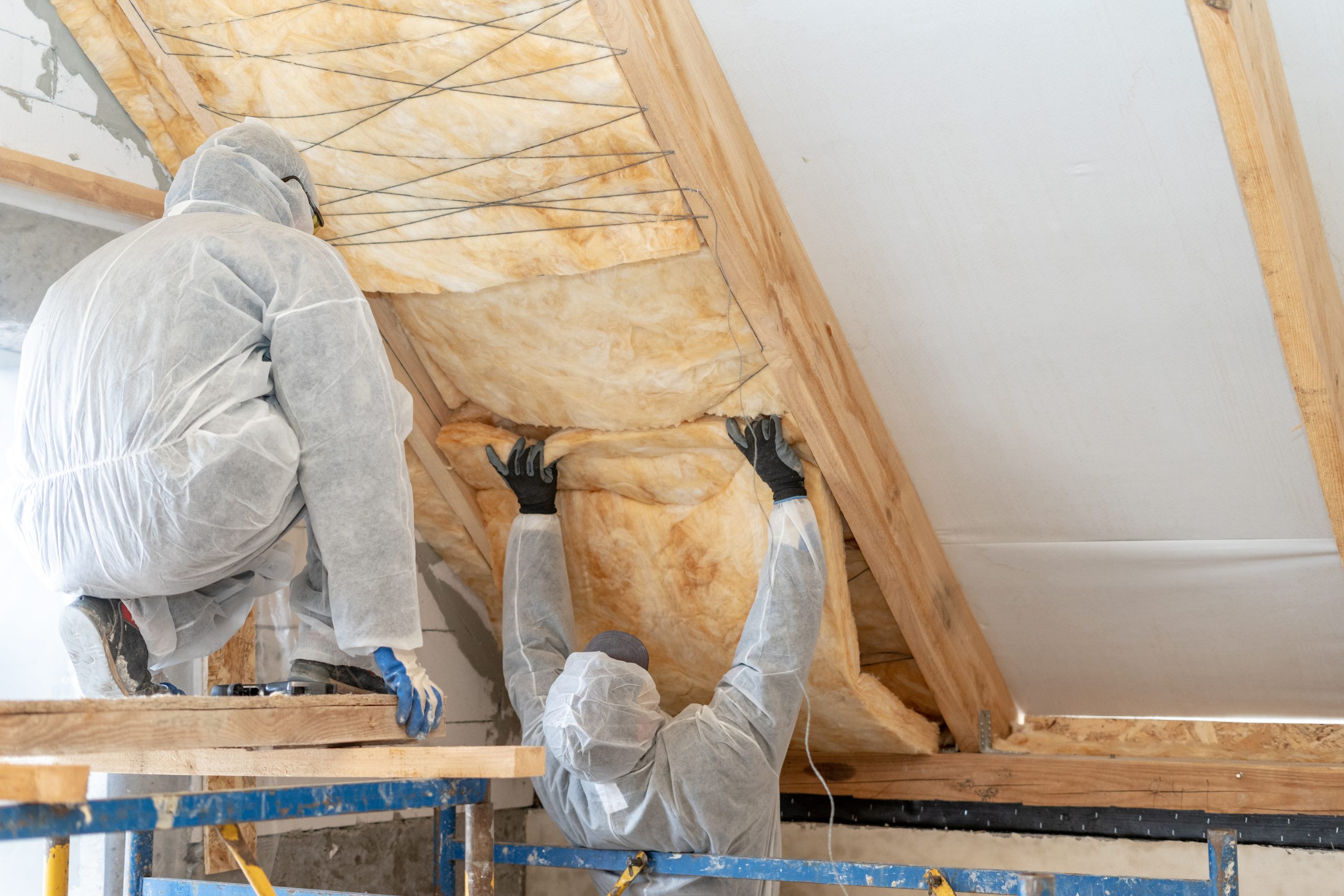Insulation is simply a must for every home. You still need to know what type of insulation you need for your home. But still, what types of insulation are available on the market? It’s better to have a notion of what works best with your building’s materials than to venture out on systems that can’t stand up to the conditions of your living space. So, without further ado, let’s dive into this blog and learn about insulation.
What do you need to know about insulation?

In general, this is an energy-saving technique. In fact, when we talk about thermal insulation, we are talking about reducing the rate of heat loss from the house to a minimum. This allows to contain the heat inside and prevents the cold air from entering. The house heating will require less energy, and the warm air will stay inside longer.
But first, you need to do a thermal assessment to find out where the most heat is lost. You should know that the frame and the roof alone present a rate of losses of 20 to 30% and 16% for the walls. To facilitate your requests, call upon a company specialized in the realization of all construction and renovation works. It is from the result of this expertise that we can determine the part of the house on which it is necessary to concentrate the insulation.
The different insulators
Each type of insulation corresponds to each type of insulator. Here are some of them:
Natural insulators
In addition to being ecological, natural insulation is also economical. You just have to check if the products respect the European standards of thermal conductivity. Once checked, they are able to provide you with great comfort in terms of insulation. Moreover, they are easy to handle, and they reduce humidity enormously. Among the most commonly used insulators are flax felt, feather, cork, wood fiber, sheep and lamb’s wool, and cotton and hemp wool.
Minerals as insulation
It may seem surprising to you that mineral insulation is not one of the natural insulators. But it is rather justified by the fact that minerals are not used in their raw state. Rather, they undergo some conditioning before they can play their role as insulators. Basalt, sand, or recycled glass are mainly used to make what is called cellular glass, glass wool, or rock wool.
Synthetic Insulation
There are many synthetic insulators, but we will mention only a few of them. There are, among others, phenolic foam, polyurethane, and polystyrene. The advantage of insulating with these materials is that they provide good thermal resistance. They are also very effective in terms of airtightness and load resistance. And contrary to popular belief, synthetic insulation does not have a negative impact on the environment. Because of these characteristics, they are ideal for floor insulation and roof waterproofing. However, it is not excluded to use them for attic and wall insulation.
What about exterior insulation?

This is a very interesting option if you want to optimize the thermal performance of your house. Indeed, insulation from the outside is much more efficient in terms of energy saving because it intercepts the cold air before it reaches the wall. Thus, the heating devices will be less solicited to reach the ideal temperature inside. The other advantage of this type of insulation is that you don’t have to turn the house upside down to make room for the work. The disturbance will be just the small noises of the exterior work and the modification of certain parts of the house, such as the edge of the windows and the shutters.
Sound off in the comments section below, and tell us what you want to read next and if you want to read more about insulation.



